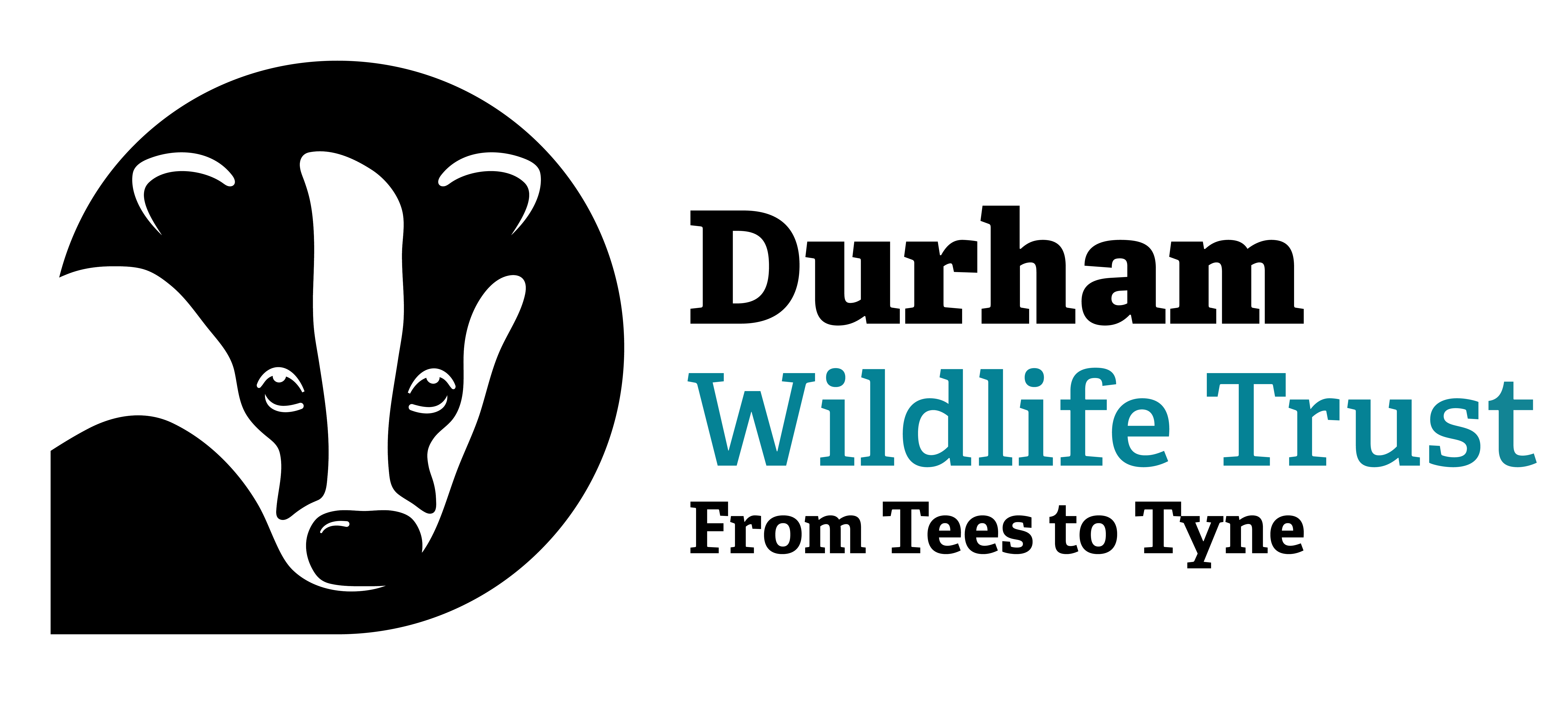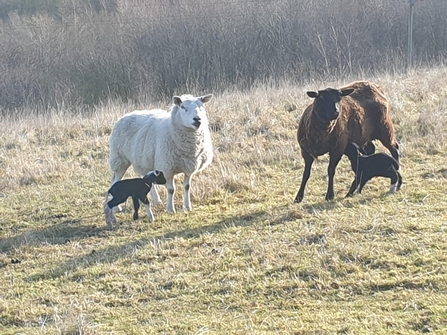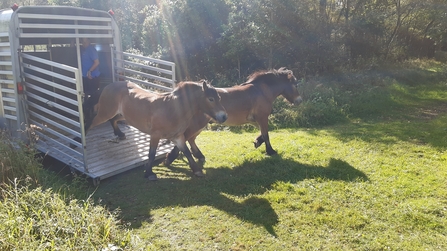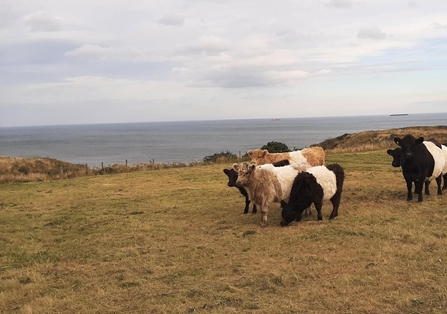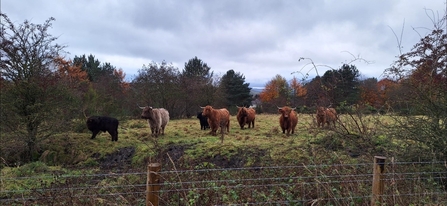What’s better than one new Exmoor pony? Three new Exmoor ponies! We are excited to have welcomed Harry, Honeysuckle and Puffin as the newest members of our Exmoor herd. The three ponies, acquired from the Moorland Mousie Trust, are now at their new home at Rainton Meadows, where they joined Bertie, Wally and Horace.
The question arises, why have we acquired these new stars of conservation grazing? To answer that question, we must find out what conservation grazing is and how we employ it on our reserves. Simply put, conservation grazing is the use of livestock to manage habitats and wildlife for conservation purposes. This technique is particularly important for grassland habitats – a priority for conservation. Since the 1930s, 97% of the country’s meadows are thought to have been lost. This obviously led to a loss of the plants, invertebrates, birds, bats and other species that relied on the meadow habitats. The habitat loss also restricted the movement of species across the landscape, making them more vulnerable to random events - such as severe weather – thus further increasing the pressure on populations and leading to further species loss. This habitat fragmentation is one of the main reasons why climate change is having such a negative impact on our wildlife today.
What is the role of conservation grazing in this?
Grasslands themselves need to be managed, to halt the process of natural succession. Without any form of management, conditions will naturally change over time and grasslands will succeed to scrub and woodland. Grazing and cutting at the right time allows the grasslands to persist by maintaining the conditions that favour grasses and wildflowers.
Historically, natural processes helped to create and retain grassland areas. The role of large herbivores, such as wild cattle and horses, was a vital part of that natural management regime. Those animals are long extinct in Britain; their role and our natural grasslands being overtaken by domestic livestock and farming. Today we use conservation grazing to recreate the natural process, with animals like the Exmoor pony taking the place of wild ponies and horses of the past.
